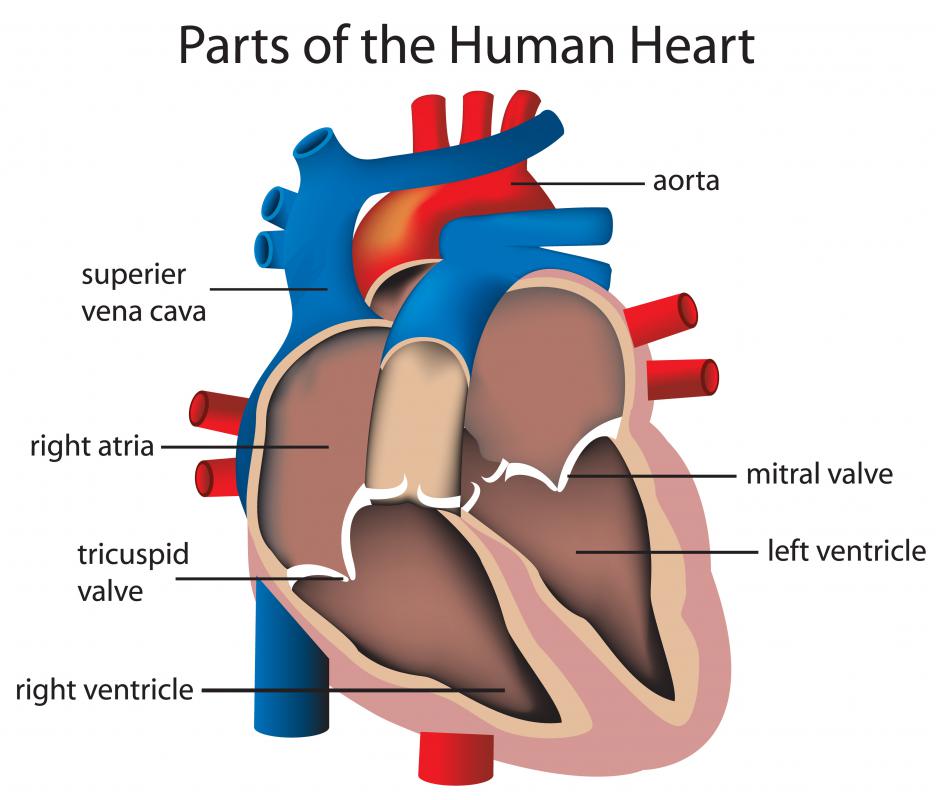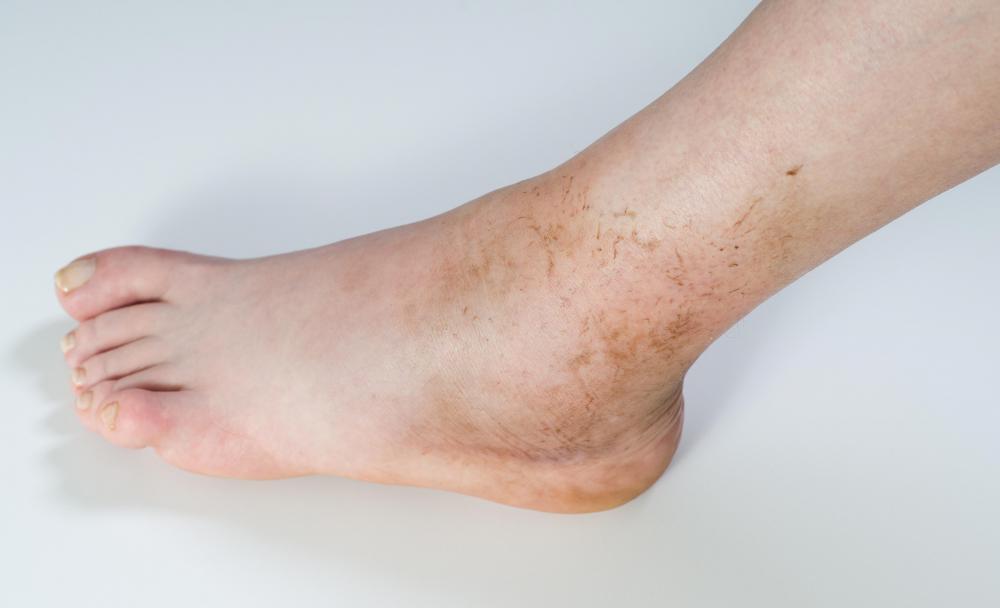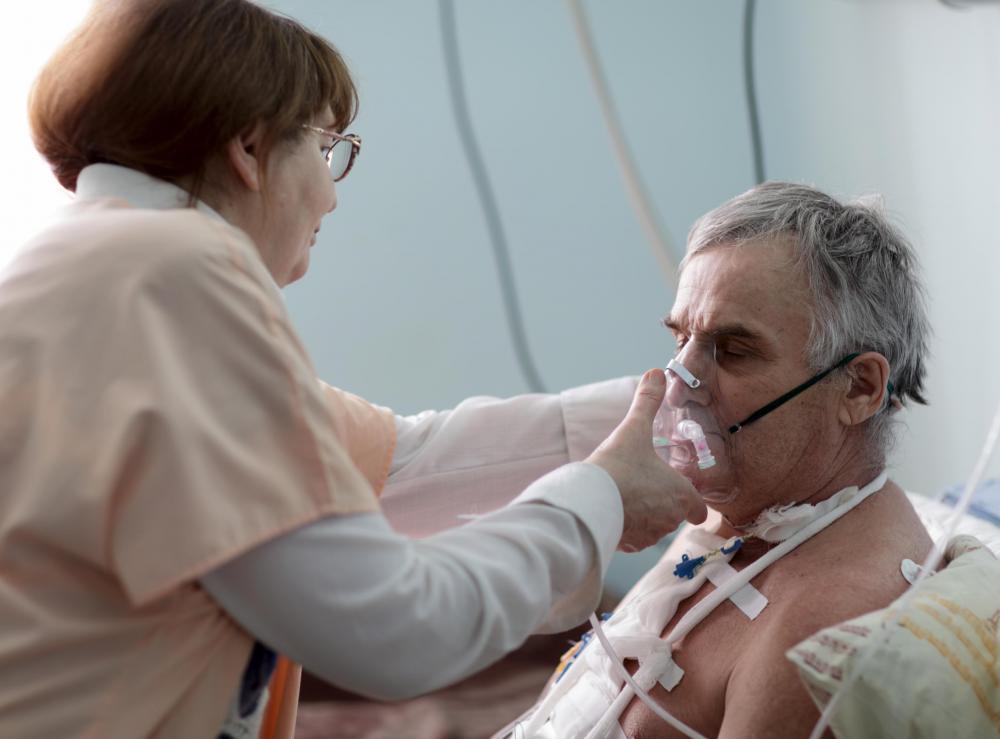At TheHealthBoard, we're committed to delivering accurate, trustworthy information. Our expert-authored content is rigorously fact-checked and sourced from credible authorities. Discover how we uphold the highest standards in providing you with reliable knowledge.
What is Paroxysmal Nocturnal Dyspnea?
Paroxysmal nocturnal dyspnea can cause great worry and alarm and is a serious symptom of a variety of conditions. When this occurs, people tend to wake several hours after going to sleep and experience a sensation that they are short of breath or cannot breathe (dyspnea). Usually this causes people to change position, and most often to sit up for a few minutes, resulting in cessation of symptoms. The person may then return to sleep and they could experience another episode at night or sleep through the night. This symptom may occur every night, and it is one that requires attention from a doctor.
There are several things that may cause paroxysmal nocturnal dyspnea, and most relate to the cardiac system. Failure of different parts of the left ventricle to work properly is often the cause, and people with this condition could have damaged mitral or aortic valves. In general, the symptom is attributed to left-sided heart failure.

More specifically, greater amounts of blood in the heart aren’t being adequately pumped to the body. Fluid can begin to back up in the lungs, particularly when a person is lying down for several hours. This can create sensation of drowning or inability to breathe, which tends to be relieved by shifting the body to an upright position. Not only can sensation of breathing be affected, but also people may develop congestion or coughing from lying down. Some folks have production of mucus that may appear to have blood in it.

Another indication of paroxysmal nocturnal dyspnea is edema or puffiness and swelling in the ankles and feet. This also suggests heart failure. When swollen ankles and frightening breathing episodes at night are combined, it tends to confirm diagnosis of this disorder and suggest some form of heart failure is occurring.
Given that different types of heart failure may be involved, treatment of paroxysmal nocturnal dyspnea may need to be tailored to the individual. Heart failure, though the term sounds so dire, is a long progressive process that can often be addressed early with medication. Some medications that could be indicated include those that dilate the blood vessels called vasodilators. Diuretics might be given to reduce fluid volume. Other common heart medications could be suggested as needed.

People who have heart failure and symptoms like paroxysmal nocturnal dyspnea may require closer monitoring with a cardiologist. Should medications fail to adequately address underlying heart issues, surgery might be considered. Type of surgery, again, depends on the issue creating problems: an aortic valve could need opening, replacement, or repair, or a mitral valve might require replacement. Patients should be especially ready to report continued problems with this condition after treatments are initiated. Those experiencing this symptom for the first time should plan to get in touch with doctors right away to report it.
AS FEATURED ON:
AS FEATURED ON:
















Discuss this Article
Post your comments